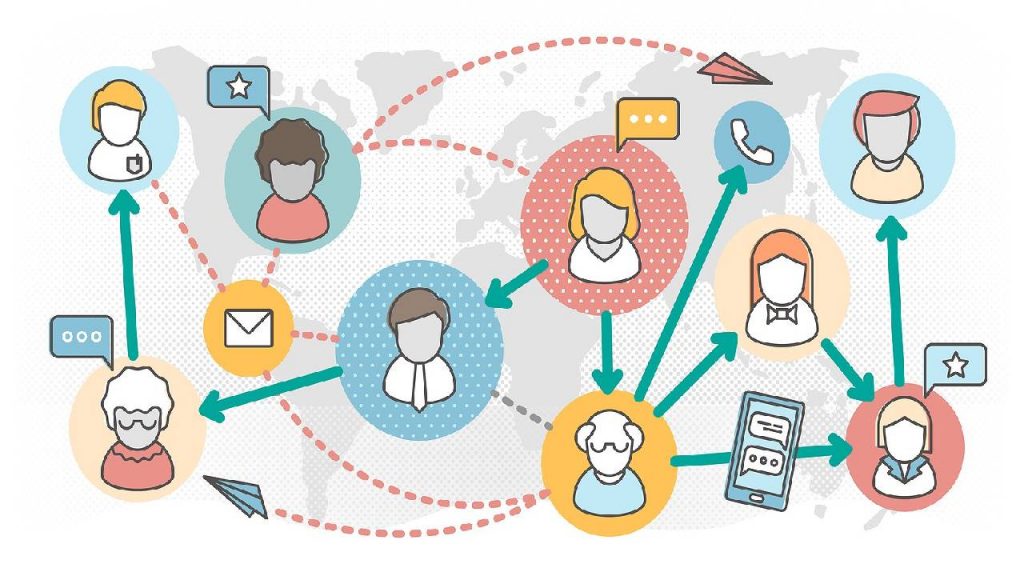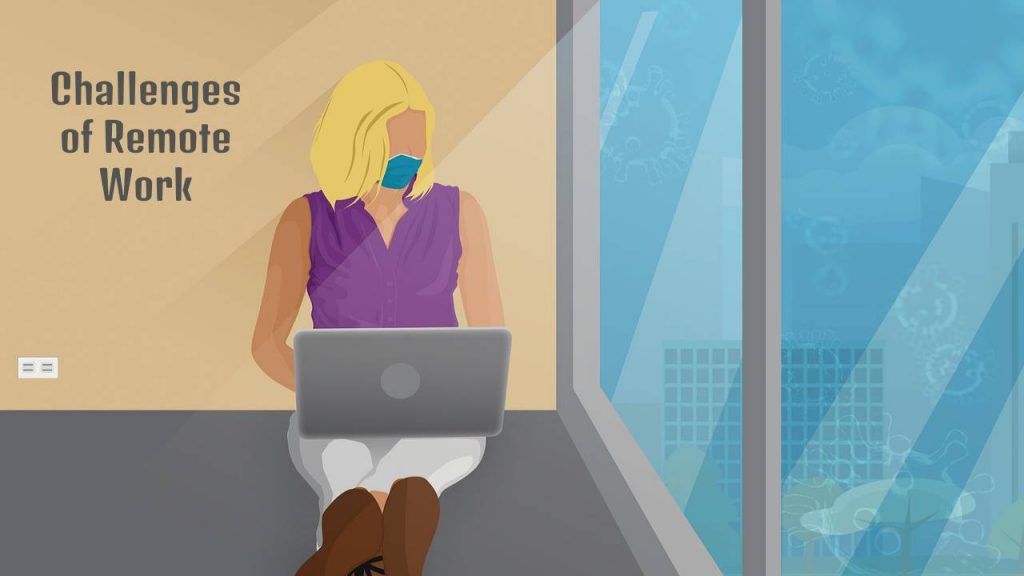A few years back, no one would have ever thought the world would change its dynamics so drastically. The whole scenario of people’s lifestyles, education, and work has evolved to a whole new level in 2020.
The COVID outbreak demanded an immediate shift of social life and office work to online education, remote work, and online shopping. In order to survive and conduct business as usual, one needs to have the necessary plans and strategies in place to communicate with others, while also coping with the new challenges we all now face on a daily basis.
With all of this in mind, remote working is now a major focus for businesses, brands, and organizations of all sizes. And it’s not just a matter of knowing how to get such a system up and running, it’s also important to make sure you know how to manage your team and keep productivity at high levels as well. Furthermore, construction project software classifies the planning, scheduling, resources, building, and reporting associated with construction projects
With more organizations blindly falling into the world of remote work, it’s now more important than ever before to have a solid plan and tracking solution in place to make sure all the necessary work is getting done.
One of the best ways to accomplish this is through the use of project management software.
Today we are going to be highlighting five of the most effective ways to implement remote work project management into your day-to-day operations, while also addressing common challenges that many of us are dealing with as we implement such new changes.

Table of Contents
Remote Work Project Management at a Glance
Even before Covid-19 changed the way many of us now connect with others and do business in the world today, it was quite a beneficial way to improve business operations, expand company size and also lower costs in the process.
The benefits of remote project management or project management office PMO have been discussed and appreciated to a greater extent and very little focus has been given to the challenges that come with it.
As with most things in life and business, no evolution comes easy and without any limitations. And today we will be highlighting each of these challenges and how to best address them.
1) Distorted Communication Process
Maintaining smooth communication across all working settings is crucial to the success and productivity of any organization. Face to face communication is integral to assigning work, making decisions, presentations, and solving issues in the work environment, but with the shift to remote work management, it becomes quite a task for the managers and the workers to understand and interpret the intended message.
There are many applications such as Zoom, Trello, and Slack which have tried to make the communication a smooth process in such testing times. However, even with these platforms in place, it’s not the same as having a team physically around you, which sometimes leads to information and tasks being neglected because virtually it’s not possible to have everyone on the same page at the same time.
While it’s not possible to always have everyone connected with each other at all times, it is important to let your employees and team members know you are watching. This is why CEOs, project managers and higher-level team members should always be active and in such team management platforms.
2) Lack of Motivation Towards Work
When working in the field or an office, people are more competitive towards meeting deadlines, being more productive, doing more work. At the same time, they are also appreciated, and their work is recognized in front of colleagues which motivates them to work out of their comfort zone.
When the work one does is being supervised by the team leads and project managers, they tend to be more focused and passionate about completing it and give their 100%. It’s also important to note that monitored work usually promotes efficiency, whether it be on an individual or team effort.
Unfortunately, in the case of remote working, many employees eventually start losing interest as there is less or no supervision, and this is considered a major reason for the loss of motivation and productivity towards work.
To combat these issues, it’s best to first test out how the process works. During this time, you will also want to keep an eye on everyone’s work efforts and productivity. Should there be any holes in your team, it’s best to approach each of these team members individual and not in a group setting.
3) Time Zone Differences
Remote work strategies have given us the freedom to expand the horizon of working with people around the world. This has allowed for talented people sitting in any part of the world to quickly become part of a team or project. However, as seamless as the process may seem, it does bring up potential limitations due to working in different time zones throughout the world.
This limitation is an area of serious concern because it’s a barrier for coordinating and syncing working across all the team members at one time. Local time difference across the world is a challenge that project managers must keep at the top of the list while hiring people from diverse locations, otherwise, it would impact the quality and productivity of work.
One solution to this problem is to find workers that are willing to adjust to the hours of your day-to-day operations, hire within your country, or simply delegate tasks that aren’t time sensitive.
![]()
4) Tracking Work and Productivity
Keeping track of who is working in the given hours of a day and who is just wasting time is difficult in a remote setting. This is often due to the fact that you can only rely on what the other person is saying to you, and the work being shown. There is simply no other way than just trusting them, unless you are using a screen recording and time tracking solution.
Moreover, all too often while working in a relaxed environment one tends to procrastinate work and start spending more hours on completing just one task whereas in the same given time that person would comparatively do more work when in office.
Also, when in an office setting, workers tend to focus more on completing all the work in those hours so they can go back home and relax. Now with team members working from home, and with so many distractions around it becomes quite a task for a person to focus entirely on work.
Should this problem continually arise, be sure to meet with team members and ask what they need in order to focus more on their work and less on what’s going on in the home. Should they need a laptop or noise-cancelling headphones, these can then be provided by your company.
In conclusion…
As highlighted throughout the article, when implementing your own form of project management you may come across several of these common challenges while adapting to remote work in the age of Covid-19. Taking along the whole team and workers virtually require more effort and planning as compared to in fieldwork.
Therefore, these limitations in a new working model should not be taken lightly and rather the management should find strategies to overcome all these problems to make their work smooth and of the best quality. Remote work is the present and might be the future as well, so we all need to show more acceptance towards it without compromising the efficacy and quality of projects.
With the proper streamlining of work and maintaining a checklist of the project management team in place and the tasks they are to accomplish, businesses and brands of all sizes can take advantage of the remote jobs and communications we are all getting accustomed to.


